-
Posts
4,737 -
Joined
-
Last visited
-
Days Won
119
Content Type
Profiles
Forums
Resource Library
Events
Gallery
Blogs
Store
Community Map
Posts posted by Mayner
-
-
I have a fairly large G Gauge circuit in the back garden, built on raised timber framing mainly because its easier on the back than a ground level line and a lot less work to build.
The frame work is all pressure treated pine (Tanalised) with the stations and yards are basically on open famed baseboards (4X2) with the track laid on decking timber the "scenery" fine pebbles or quarry screenings supported on weed mat laid on top of wire mesh. Plain running line between stations is laid on 9x2 or 6X2 pine boards. The whole lot supported on timber piles or cut down fence posts concreted into the ground.
The railway has been in operation for about 5 years, no major work apart from replacing a few board that had warped or twisted. Some modellers now use composite (recycled plastic) decking as its less prone to twisting than timber.
I have not found rail expansion or contraction a major problem, the biggest problem is keeping the line clear of falling leave, twigs and branches and snail shells. The birds soon discovered that rails make excellent anvils for breaking open shells.
Scenery is mainly fine pebbles or quarry screenings in yards, with box and slow growing shrubs out on the line.
-
The Dean Goods is a good basis for conversion into a J15 or an ex WLWR 0-6-0. The WLWR engines may have been based on a GWR design Robinson worked on the GWR under Armstrong & Dean before moving Limerick.
WLWR No2 Shannon (GSR222) as built would have been very close to the Hornby/Airfix model lined black compete with square firebox
There is a very useful RM Web thread on converting the Dean Goods to the round top firebox version similar to 184 or the Limerick engines in GSR days.
http://www.rmweb.co.uk/community/index.php?/topic/62553-backdating-a-mainlinehornby-dean-goods/
-
The GSV vans were converted in the mid late 70s from early CIE standard class side corridor coaches similar in style to the SSM Bredin 3Rd http://www.studio-scale-models.com/Bredin3rd.shtml.
The 3200s were fitted with generators and wired for TL lighting and ran on Intercity services with Craven coaches if anyone is tempted.
-
Recent footage of a narrow gauge South African Garratt locomotive struggling on a 1:40 grade in poor rail conditions with a trainload of locomotive ash. The train is then divided to avoid stalling and "doubles the hill" to the summit.
[video=youtube;Wu-Cmtk_apY]
-
I finally finished the tins. I ended up stripping down and re-painting the silver van, the original paint job looked good but tended to scratch if you looked at it, second time around seems a lot better.
The SSM inspection car made it through the paint shops but must replace the glazing, I managed to get Kristel Clear everywhere
The Blackbeetle was robbed from a Duetz which is due to get a 21mm gauge 28:1 version to get some decent low power torque as a shunter.
Workbench more or less clear narrow gauge layout set up temporarily in background.
-
Personally the standard of finish on current rtr British models is so high I would be loath to re-painting or modifying a current Hornby or Bachmann loco into an Irish model. I think it would be a bit like re=painting a Heljan Class 26 or 33 in CIE colours and calling it an A Class.
Apart from the Jinty & Woolwich and a few industrials none of the Irish locos were really close enough to a British Mainland design to use a rtr model or kit without major modification.
Although I am more inclined to scratchbuild I would have less qualms about using a second hand model or a kit, the old GEM LNWR 2-4-2T show up on E-Bay the DSER used the 4'6" version the 5'6" tank looks very close to the WLWR/CMDR locos http://www.ebay.co.uk/itm/GEM-WEBB-LNWR-LMS-2-4-2T-Locomotive-OO-Gauge-/321427013942?pt=UK_Trains_Railway_Models&hash=item4ad68b0136
-
How about Irelands largest class of 2-4-2T GSR F1 & 2?
 Large choice of livery DSER lined black, GSR Gray, CIE lined green worked Dublin suburban trains from the early 1900s to the 1950s, one seems to have been a long term resident on the West Cork another loaned to the BCDR during the Second World War.
Large choice of livery DSER lined black, GSR Gray, CIE lined green worked Dublin suburban trains from the early 1900s to the 1950s, one seems to have been a long term resident on the West Cork another loaned to the BCDR during the Second World War. -
MGWR F GSR J5 Weight Diagram courtesy of the late Bob Clements I haven't come across a section of the larger MGWR Locos.
Same wheelbase as 2-4-0s and Standard Goods to turn on standard turntable.
MGWR B GSR J2 MGWR Weight Diagram restricted to Dublin Galway line on account of weight withdrawn in GSR days. Straight running board without No crankpin splashers wheelbase and overall size close to an LMS 4F
MGWR B Class tender
-
There is a report of the incident on page 121 The North Kerry Line Alan O'Rourke the train appears to have been the 6pm Limerick-Tralee." 6 auxiliaries (Black & Tan's) on board two on the footplate one of whom was killed, the other forced the driver (who was wounded by a bullet) to put on steam".
The regular passenger service in GSWR & GSR days seems to have been three Limerick-Tralee passenger and a daily goods each way with a short Limerick Newcastle passenger which was extended to Abbeyfeale in GSR days.
There seems to have been a daily Limerick-Tralee passenger,sometimes no regular services during the War of Independence, some of the passenger trains would have carried Limerick and cross-channel mail traffic for Waterford and Rosslare.
Passenger and goods trains seem to have been mainly worked by J15s in GSR days, though GSWR and WLWR 4-4-2T also used. The 4.40 Tralee-Limerick mixed was involved in an incident in Dec 1922 when Ex WLWR 0-6-0 222 and its train ran down the headshunt at Abbeydorney and derailed the driver possibly nervous to get away. The train seems to have been made up of 6 coaches & some vans. Two thirds, a composite, brake third, fish van, passenger van, two laden wagons and a brake
.
The North Kerry was used as a diversionary route after Mallow Viaduct was blow up in 1922 with a Dublin-Cork ad Dublin-Tralee goods running over Barnagh.
-
You have really captured the atmosphere of the place, with the railway and town hemmed into a narrow river valley. I was always fascinated by the railways and canals in Mid Wales and the Welsh border country. Modelling the fast flowing waters of the Dee will be an interesting challenge
-
Not really Robinsons Irish locos were a lot smaller and quite different in outline to his Great Central locos, but might pass for an ex DSER loco some of which had Belpair fireboxes.
The Bachmann SECR C is probably closer in general outline to the WLWR locos in GSWR/GSR condition.
The MGWR bought a pair of locos from a cancelled order for the WLWR. The locos originally had square topped fireboxes but were brought into line with the rest of the ex WLWR 0-6-0s with round topped fireboxes in GSR days. I have not been able to find an on line photo of the 0-6-0s but they were very close to the ex WLWR 2-4-0s with the same boiler and cab.

-
Variety in train formation was pretty much the norm up to the widespread introduction of MK3 stock and withdrawl of the Laminates and wooden framed stock in the Mid-80.
The Operating Department tended to use conventional stock (higher seating capacity) in preference to "Supertrains" on the heaviest mainline trains such as the morning departures from Heuston to the South and West, while Supertrains tended to be used on the more lightly loaded morning departures from the provinces and evening return workings. Dubln-Sligo, Westport and Rosslare were almost exclusively "Train Line" wired conventional stock usually a mix of Craven, Park Royal, Laminate, timber famed 1953 Buffet and early 1960 Inchacore built wooden framed 1sts and Standards, these trains usually ran with a BR or Dutch generator steam van. Suburban, branch line and cross country services tended to use non-TL stock with battery & dynamo lighting a mix of early 1950 timber framed stock, laminates and Park Royals with steam heating provided by Tin Vans or van conversions of early 50s & Laminate suburban stock.
The difference in profile between different batches of vehicles is probably the most striking feature of modern Inchacore built coaching stock, the “Bredins”, early CIE, Park Royal, Laminates, TPO & Cravens all had different profiles, probably due to a move from traditional carriage building through component assembly with the Park Royals and Laminates towards modern stressed skin construction with the Cravens and ultimately MK2 & 3 stock.
-
Excellent work getting better with each new project, the outside W Irons and brake cross shaft in combination with the subtle weathering really transforms the model .
-
Possibly the manufacturers used HO wheel sets to keep the tooling costs down. Would make sense if the manufacturer also produces passenger cars for the US market and explain the problems reported with the coupler dropper bars being too low.
-
The jigger is basically a re-build from the axles up, the steering wheel was fabricated in situ from short pieces of pine and then finished to a curved profile rather than curved in a steam press.
The unfortunate thing is that the operation is so marginal that the owners/volunteers do not have the energy or resources to restore most of the locos and stock they rescued as young enthuiasts 40-50 years ago.
Recently overhauled Pukemiro Colliery Co Peckett This loco was originally used on a private colliery line from one of the local coal mines to the exchange sidings at Pukemiro Junction.
Part of the final bevel drive on a Climax or Price geared loco
The UTA thought of it F216 a steam diesel conversion
Wooden rails Dispatch Foundry Fordson Rail Tractor
Sad end to a loading shovel?
Climax boiler under repair front tube plate cut out for replacement
-
Regardless of wage rises in China part of the issue is Kader's (Bachmanns) dominant position controlling most of the model railway manufacturing capacity. Hornby and other commissioners supply issues are mainly as a result of Kader buying out and shutting down the competition.
-
[attach=config]13096[/attach
At Keilys Cross level crossing the fascia was installed and the backdrop fixed. To the right of the crossing a keepers cottage is planned and an accommodation crossing to the right of the buffer stop. Today the new road bridge will be put in at Glen More. As soon as the scenery is done the valance and fascia will be painted matt black.
I love the backdrop eLooks s cold it could pass for Minnesota or North Dakota in February
-
Before you look at replacing the wheels use a continuity tester or simply turn the loco upside down & apply power to each wheel in turn to check that all pick-up wipers are working and power getting through to the motor from all wheels.
Bachmann locos have nickel plated or blackened brass wheels the plating tends to break down due to a combination of wear and spark erosion particulary on DC or analogue control, there tends to be less spark erosion with the AC waveform used with DCC. I had a lot of trouble with poorly adjusted pick ups on new Bachmann N Gauge locos more or less direct from the factory.
I have not found the wear/plating break down to be a serious issue and the Bachmann wheels are less prone to pitting & picking up dirt than other more expensive brands.
I found the most important things were to keep the track clean and only run stock with metal wheels. I use a very fine (non-scratching) metal polishing block from Eileens Emphorium for cleaning the track & use IPA for wheel cleaning in both G & the smaller scales.
-
I think a couple of the Cavan & Leitrim 4-4-0s ran in C&L lined green until the were sent to Inchacore or overhaul or scrapping in the 1930s, the W&T 2-2-2WT tank appears t have kept her polished brass dome and splasher beading until she was de-railed in the 1930s. The Muskery & West Clare both received new locos before the amalgamation. The new Muskery Hunslet 4-4-0T only lasted to 1927/8 so she was unlikely to have been re-painted, the pair of 1922 built West Clare Hunslet 4-6-0T were unlikely to have need to visit Limerick or Inchacore for boiler work or a mechanical overhaul before the Mid-1930s.
Interestingly photos of ex CBP 2-4-2T 10L and T&D 2-6-0T 6T look suspiciously like both locos were painted black following overhaul in the 1950s 6T ran with her number scrawled in white o the buffer beam rather than the usual shaded transfer.
-
One of my favourite places Pukemiro Junction on a branch line built into the coal field north of Hamilton. The upper part of the branch became home to the Bush Tramway Club with a distinctly American logging line atmosphere. The group has a unique collection of rod and geared engines including locally built Heisler and Climax clones.
Recently overhauled ex-Pukemiro Colliery Peckett storms up the 1:50 to the Junction
White Bush Jigger once used to transport loggers and equipment on a Central North Island bush tramway
Steering wheel operates the bogie brakes!
Pukemiro Yard
Price Bush Lokie cross between a Climax & a Heisler
-
 Ah I sort of knew a little of that one before hand.
Ah I sort of knew a little of that one before hand. 
I remember looking at this one plenty of times in the NLI as it always fascinating me; B134 running bonnet-first on a Galway service, one of a few recorded 121s seen working mainline in this fashion before it was largely discontinued early in their career.
Interesting that it on the Galway Line, there is a legend that crews used to turn B121s to run long hood forward while working Galway-Tuam local trains. Presumably the B121s worked the locals on lay over from the mail trains
-
Lots of detail for the wagon gricer 1938 photo when of Broombridge was a pleasant rural spot.
http://catalogue.nli.ie/Search/Results?lookfor=liffey+junction&type=AllFields&submit=FIND&sort=year
-
On 3d model copyright control;-
I somehow feel that the big boys would not be happy with a facility to download the source code for printing by subscription. Suddenly their would be and incredible amount of models available to print off and I reckon they would be based off existing RTR models or the big boys would believe so. This is when power takes over, a bit like what the music industry has gone-n-going thru!
Microsoft and Mac promote their own media players and have resisted attempts by other media player manufactures getting onto their platforms- this is an example of the 'power'
murrayec
Possibly leading to this sort of thing. http://www.3news.co.nz/Megauploads-Kim-Schmitz-arrested-in-Auckland-site-shut-down/tabid/412/articleID/240007/Default.aspx On one hand Kim Schmitz is seen as a champion of freedom of expression and personal privacy, on the other a pirate and a racketeer.
-
I had an interesting get together with a group of 3D Modellers and kit designers on the weekend. The majority are either professional designers who produce 3D models or CAD work for a living, others have considerable design and drafting experience with access to professional design software such as Solidworks at around $17k a copy.
While there is some satisfaction with seeing your models on other peoples layouts, I don't think any of us would be happy with a manufacturer producing a pirate copy of one of our designs.
A lot of he interesting stuff is happening around using Shapeway models as patterns or lost-wax castings rather than traditional pattern making. The work involved little different from cleaning up or machining an iron casting.
.png.c363cdf5c3fb7955cd92a55eb6dbbae0.png)


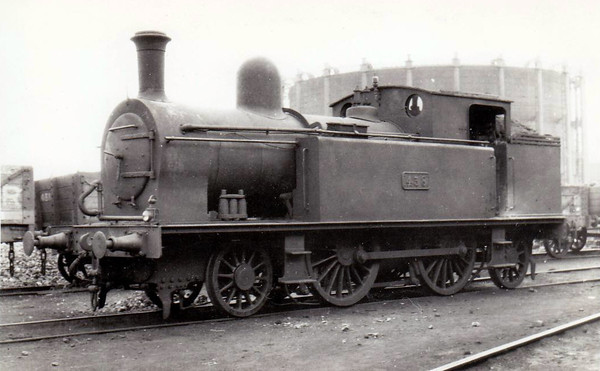
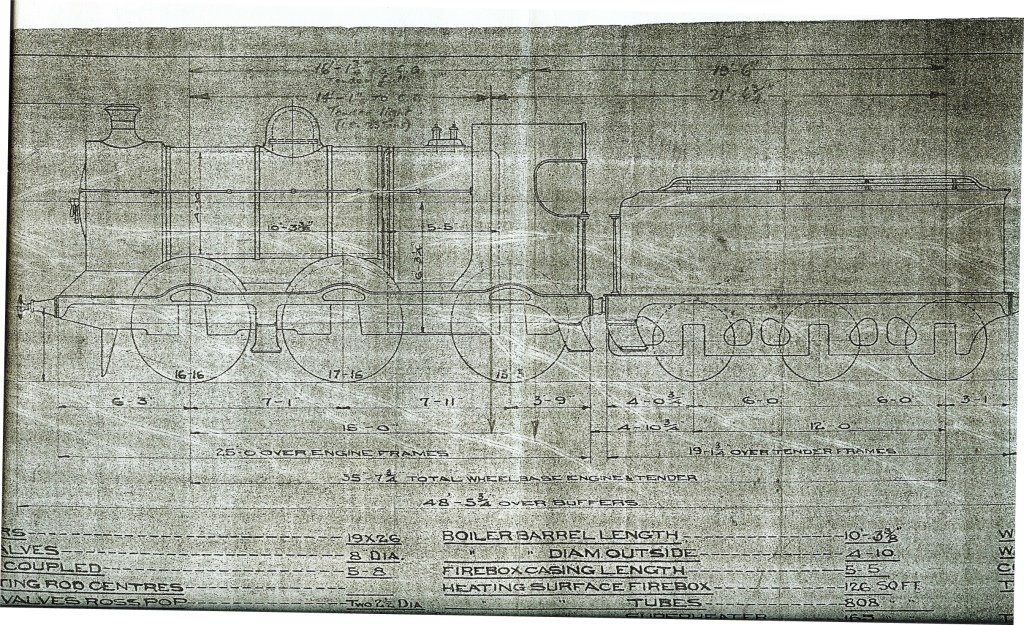
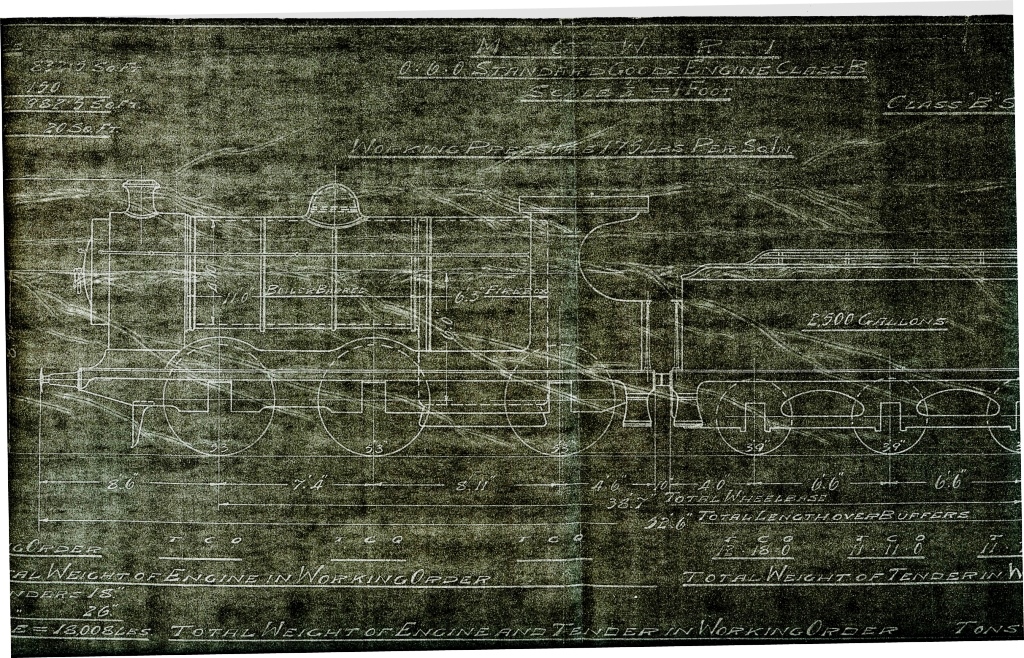

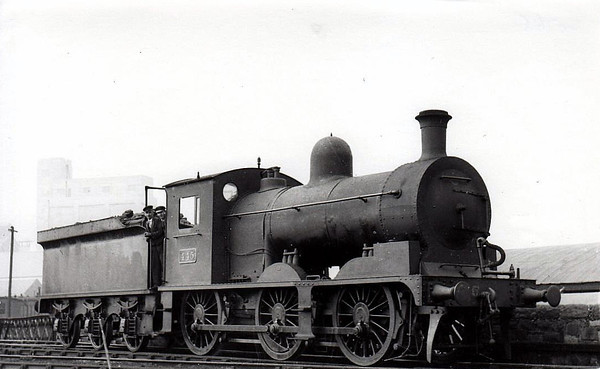
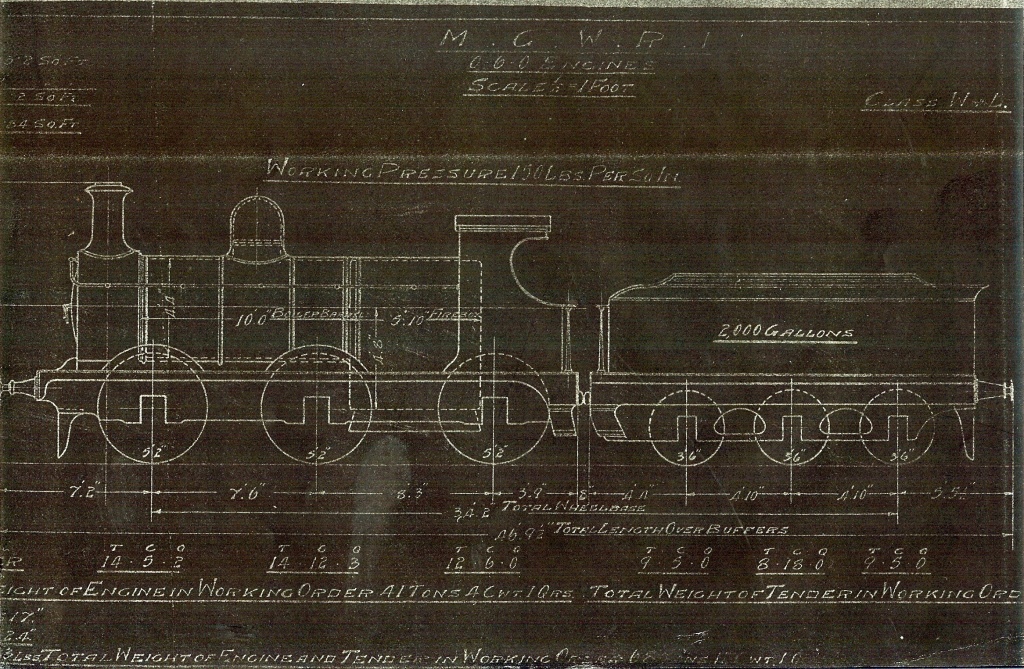
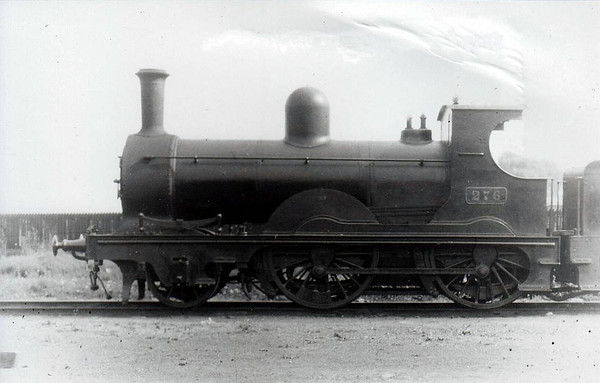
CIE Park Royal Surburban Coaches
in Irish Models
Posted
The Park Royals were very smooth riding 1st journey in one was out to Bray during school holidays late 60s, Mallow-Killarney during the late 80s possibly early 90s.
Up to the mid80s a uniform rake of Park Royals or Cravens for that matter would have been unusual, up to wide spread introduction of MK3s intercity sets were often made up of a mixture of TL wired Cravens, Park Royal,Laminate and older stock.